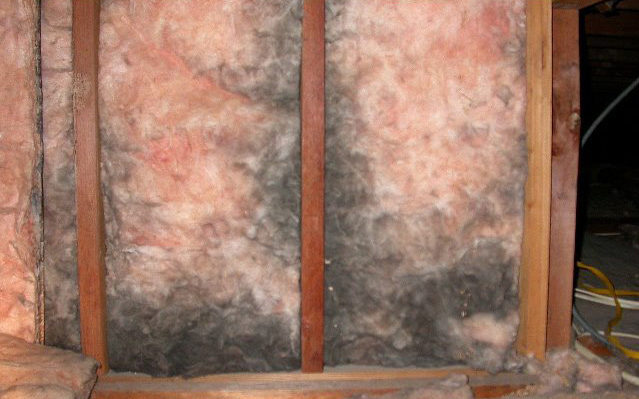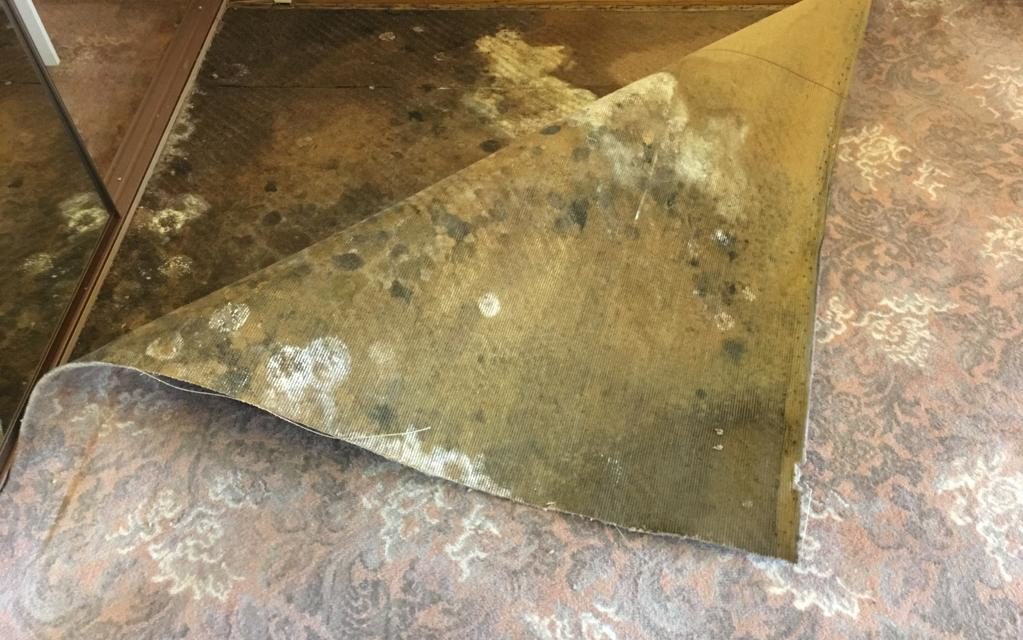What is mould?
Mould is natural and it plays a pretty cool role in our ecosystem. The job of these fungi is to decompose or digest organic materials. This is done by the enzyme it produces called a hydrolytic enzyme.
They are an essential part of nature’s ability to recycle. These tiny fungi live everywhere except underwater, in parts of the Arctic and Antarctic, and in synthetic environments such as clean rooms.
Mould cannot move on its own, it relies on it being bought to food or food being bought to it. Mould spores usually travel by air and settle on surfaces, such as walls, ceilings and floors. There are two ways mould can spread:
Active aerosolisation
This is when the mould releases spores upon its maturity.
Passive aerosolisation
This is when the mould spores are released due to external factors such as wind and movement in the food source.
A large number of our building materials in New Zealand are organic which poses a threat when our homes are exposed to moisture. If there is a constant moisture source, whether it be condensation or a leak, or moisture has sat for more than 48 hours, you will likely have mould growing in your home.
If you have had a mould test completed and found out your home contains Chaetomium or Stachybotrys, there is a high chance you have a leak. These two strains of fungi rely on a consistent moisture source to grow and survive.
Where are common places to find mould?
While mould can be found on most surfaces around you, even your own skin, there are common places you may find it in your home.
- Walls
- Insulation
- Carpet
- Wallpaper
- HVACs and filters



Does your home have a musty smell but you can’t figure out where or why? It is possible mould is hiding behind your wallpaper or under your carpet. In the past, both carpet and wallpaper were organic materials, which meant if there was mould, you could see it.
However, most homes will now contain synthetic carpets and wallpaper containing synthetic materials. As mould looks for an organic source, it will often sit under the inorganic materials eating away at the walls and floors.
Signs your home may have mould
So when should you get your home tested for mould? If you notice any of the following things in your home or symptoms in your body, it will pay to get a mould test.
- Unpleasant odour
- Musty smells
- Skin irritation
- Itchy red eyes
- Runny or stuffy nose
- Postnasal drip
- Headaches
- Dizziness
- Asthmatic symptoms
- Recent flood or leak
- Visible discolouration
Health risks of having mould in your home
As we all know, mould can look unpleasant, smell unpleasant and what you might not know, is that it can even make you feel unpleasant. This is because many moulds produce toxins that can reduce your quality of living.
The aspergillus strain of mould can produce aflatoxins. These toxins are insidious liver toxins and are highly carcinogenic metabolites, which means they can cause cancer. Other toxins produced by fungi are:
- Ochratoxins
- Patulin
- Trichothecenes
- Fumonisins
The effects of mould depend on the following things:
- Type of mould
- Method of contact
- Level of exposure
- Body response and immunity
There are a variety of health effects from exposure to mould. Below are the most common effects:
- Allergic reactions
- Hayfever
- Pneumonitis
- Rashes
- Headaches
- Fatigue
- Dizziness
- Muscle weakness
- Nausea
- Vomiting
- Diarrhoea
Other health effects which aren’t quite as common are:
- Cirrhosis
- Cancer
- Infections
Our Inspectors are trained in identifying and testing for mould in your home. If you have any concerns, book your mould test with your local Betta Property Compliance Inspector today.
